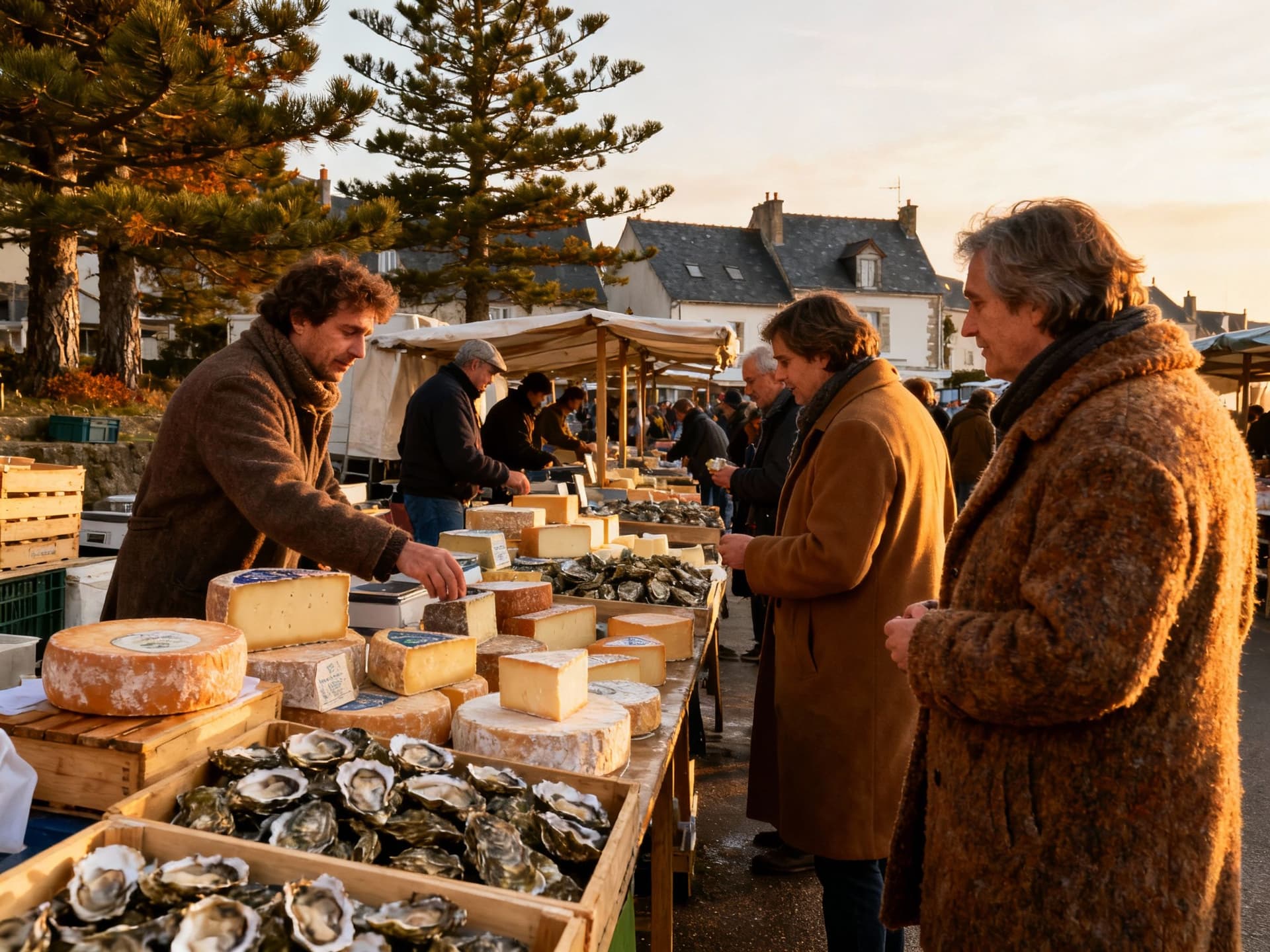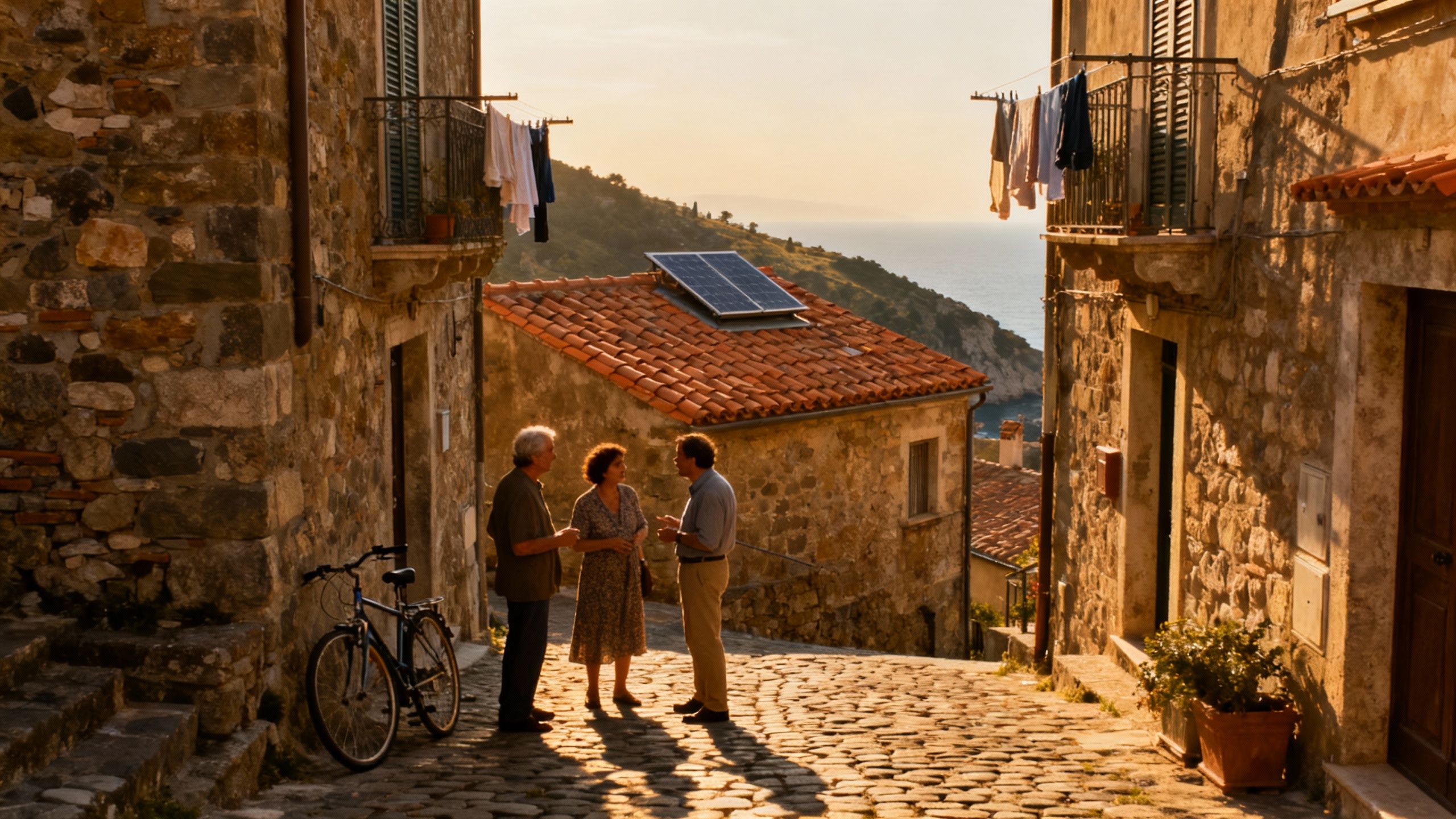Why France’s Verdant Coasts Offer Hidden Ecological Value
Verdant French coasts—Brittany, Arcachon, Landes—offer ecological value and year‑round livability; renovation incentives and local expertise make sustainable ownership realistic.
Imagine waking to mist over maritime pines, a small bakery on the corner of Rue du Port, and a coastal path that leads from a hidden pebble cove into an ancient oak forest. In France’s verdant coastal belts—from Brittany’s windswept headlands to the Landes pines and the sheltered estuaries of Charente-Maritime—life moves with salt air, seasonal markets and craft workshops more than with glossy Riviera showrooms. Recent market analysis shows pockets of unexpected price resilience and renewed buyer interest, but the story you hear in headlines—‘coast equals sky-high cost’—misses the nuance that makes these regions profoundly livable and often better value for eco-minded buyers. This piece stirs the sensory life of those places first, then gives clear, research-backed practical steps so you can turn longing into a thoughtful purchase.
Living the Verdant Coastline Life

Daily life along France’s green shores is less about celebrity yachts and more about ritual: morning markets where fishermen and foragers trade the day’s catch and chanterelles, afternoons riding quiet backroads through umbrella pines, evenings around a long table tasting regional ciders and petits producteurs’ cheese. In places like La Teste-de-Buch on Arcachon Bay or the harbours of Audierne in Brittany, cafés still put out chairs at dawn, and neighbors know your child’s name. That texture matters because it shapes what you’ll value in a home—garden depth for native plantings, an efficient wood stove for crisp Atlantic winters, and spare, well-insulated attics for summer humidity control.
Neighbourhood Spotlight: Arcachon Bay & Cap Ferret
Arcachon’s villages patchwork quiet oyster ports, dune-backed villas and pine-wood homes with shuttered facades. Walk from the marché couvert in Arcachon to the oyster benches in Cap Ferret and you’ll see local life centered on craft and seasonality rather than second-home spectacle. For buyers seeking regenerative living, neighboring communes offer properties with larger plots and room for vegetable gardens or solar arrays—features that matter more over a decade than a view that sells in high summer.
Food, Markets & Seasonal Rhythm
Imagine a Saturday that begins at a marché—smoked sardines, seaweed salt, a bowl of freshly dug clams—then moves to an afternoon potting herbs in a half-sun terrace. These routines influence what kind of property works: kitchens with direct market access, covered outdoor dining for the Atlantic breeze, and robust storage for preserved foods. The national push toward energy renovation, supported by banks and grants, means buyers can plan tasteful retrofit work that honors local materials while improving comfort and running costs. Practical: scope potential energy upgrades before bidding; a modest renovation can dramatically change livability in coastal climates.
Making the Move: Practical Considerations

Dreams need feet: the French buying process rewards preparation, especially in regions where older stone cottages and timber homes dominate. National policy tools—like the éco‑prêt à taux zéro and ongoing renovation incentives—make energy upgrades financially accessible, while recent media coverage highlights a market rebound in 2025 that can affect negotiation windows. At the same time, rental and energy-regulation shifts (notably pressure to upgrade poor-performing dwellings) make pre-purchase due diligence on insulation, heating systems and co-ownership rules essential for long-term comfort and value.
Property Styles that Fit Verdant Coast Living
Traditional coastal homes—stone farmhouses, Basque cottages, Landes pined-walled villas—are often built for the local micro-climate: thick walls for temperature swings, covered terraces to catch breeze, and attics for storage. Newer eco-builds and sympathetic renovations combine timber, lime plaster and sheep’s-wool insulation to cut energy bills while respecting landscape aesthetics. When you inspect, pay attention to roof overhangs (they reduce damp), garden orientation for solar gain, and existing rainwater capture—each small detail shapes year-round comfort on damp Atlantic coasts.
Working with Local Experts Who Know Place and Season
Local agents who live among the maritime pines understand seasonality—why a property can look empty in November and full in July—and how that affects bargaining, maintenance and running costs. Seek agencies with demonstrable experience in energy renovation, coastal build constraints, and local planning rules for shoreline protection. They can introduce trusted artisans—stonemasons, RGE-certified electricians and timber carpenters—so your purchase is also a pathway to stewardship.
A 5‑Step Practical Buying Checklist
1. Visit in two seasons to test exposure, humidity and community rhythm. 2. Ask for recent energy diagnostics and budget realistic upgrades tied to regional grants. 3. Confirm local planning constraints—especially coastal protected zones and forest-fire prevention rules. 4. Meet a notaire early to understand inheritance and cadastral quirks that affect rural parcels. 5. Line up a local project manager for renovations so you can buy from abroad without daily oversight.
Insider Knowledge: Expat Lessons and Local Realities
Expat buyers often romanticise summers and underestimate winter storms, salt corrosion and insurer requirements. Many of us learned the hard way: a seaside house with charm can demand significant annual maintenance if storm-surge protections and timber treatments were deferred. Conversely, buyers who embraced modest renovations—insulating walls, upgrading heating and adding rainwater cisterns—report far greater satisfaction and lower running costs within two years. With banks and public programmes increasingly backing energy upgrades, renovation is less an optional luxury and more a practical path to climate-resilient living.
Cultural Integration & Everyday Life
To belong here, learn the market rhythms: the market day, the fête locale calendar, and simple French courtesies at the bakery and mairie. Language opens doors—neighborly help with pruning pines or navigating the communal syndicat de copropriété—and local clubs (petanque, surf, walking groups) knit newcomers into community faster than any online forum. Embrace slow introductions; a patient, curious approach will yield invitations to Sunday potlucks and the best foraging spots.
Red Flags and Local Realities to Watch For
• Properties with unresolved title or boundaries near dune systems. • Signs of chronic damp in stone houses—inspect for rot behind panelling. • Coastal parcels inside protected littoral zones limiting extensions. • Sellers pushing cosmetic upgrades while hiding heating or drainage issues. • Overly optimistic rental projections for remote villages without summer-season infrastructure.
Seven years after making the move myself, I still measure success by mornings: a slow coffee, a walk through a pine grove, and neighbors trading sourdough loaves. Practical steps—seasonal visits, proper diagnostics, local expert teams—turn that feeling from a holiday reverie into a durable life. If you love wind, tide and green shadow, consider verdant French coasts not as cheaper alternatives, but as places where sensible buyers can find better ecological value and a deeper sense of belonging.
British expat who traded Manchester for Mallorca in 2017. Specializes in guiding UK buyers to luxury Spanish estates with clear navigation of visas and tax.


